Powerful, tailor-made therapeutics
In China, medicinal plants are considered a “national treasure” and are widely used for both preventive and curative purposes. Indeed, in its country of origin, Chinese pharmacopoeia is used as a priority therapy. It is considered more powerful than acupuncture.
Chinese pharmacopoeia is a traditional medical system that has been developed in China for thousands of years. It is based on a holistic approach to health, aimed at restoring the balance between body and mind. It is used primarily to maintain health, but also to heal. It is a living discipline that continues to evolve over time.
Chinese pharmacopoeia is based on a set of principles and theories that form the foundation of Traditional Chinese Medicine (TCM). The most important of these are: Yin and Yang, Qi (vital energy), and the Five Elements (wood, fire, earth, metal and water). According to these principles, health is the result of a harmonious balance between these forces and elements. Any imbalance or obstruction in the flow of energy leads to illness.
Before prescribing a herbal preparation, the Chinese doctor will carry out a diagnosis to assess the imbalances at the root of the patient’s symptoms. Each prescription, even if it’s based on existing recipes called formulas, will thus be tailored to each patient’s individual terrain and temperament.
More than 100,000 formulas registered
Since the origins of Chinese pharmacopoeia, numerous formulas have been developed by great physicians. Some have been enriched, and new ones developed over time. There are many treatises listing these formulas. For example, Zhu-su’s Prescriptions of Universal Help, under the Ming dynasty, contained 61,739 formulas from Ancient China. More recently, the Dictionary of Traditional Chinese Prescriptions, compiled by the Nanjing University of TCM, lists all the formulas in existence since the beginning of TCM. It contains over 100,000 prescriptions!
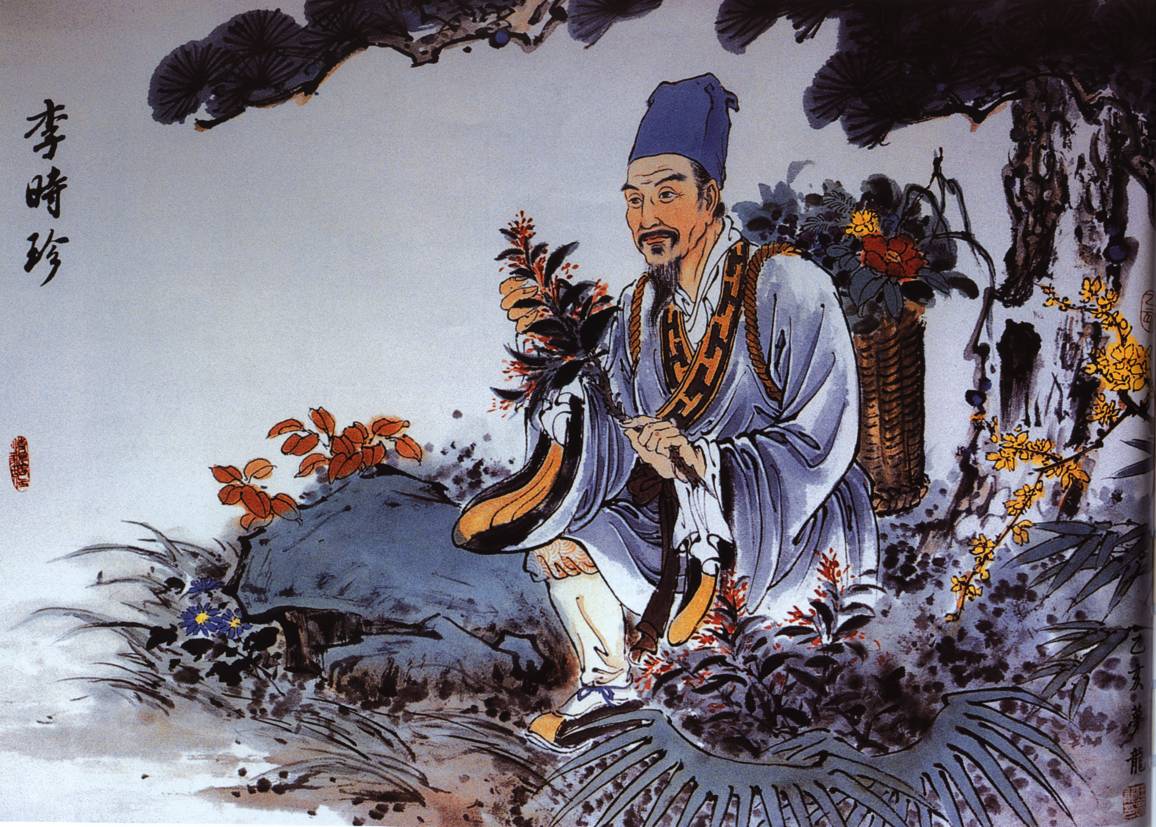
A formula is always made up of several plants or substances. Indeed, Chinese pharmacopoeia relies on the combined effect of several plants to create a synergistic effect. This also minimizes the side-effects of taking a single plant in large quantities, or eliminates the toxic effects of a single plant. Different substances can act on different aspects of the disease or on different organs.
The formula thus treats the disease with the aim of balancing the whole body and correcting underlying imbalances. With this in mind, the formula will be tailored to each patient’s specific condition. Likewise, depending on the evolution of the disease or changes in the patient’s state of health, the proportions and herbs used can be adjusted accordingly.
Thousands of plants and substances
The Chinese pharmacopoeia contains several thousand substances, of which around 300 are commonly used. Most of these substances come from plants, but they may also include other elements. For example, we find mineral substances (cinnabar, sulfur, magnetite etc.), animal substances (bones, shells, birds’ nests, pearl powder etc.), insects (ants, silkworms, scorpions etc.). Medicinal preparations can also include other substances such as beeswax, honey and resinous substances. The list is not exhaustive.

Medicinal plants are selected on the basis of their specific properties, taste, nature and interactions with the body’s organs.
Chinese pharmacopoeia takes into account contraindications and potential interactions between different herbs.
A formula is elaborated by respecting “the particular combination of the Monarch, the Minister, the Assistant and the Guide”.
The Monarch remedy is the essential ingredient of the formula, holding the curative role for the main symptom targeted. The Minister reinforces the curative effect of the Monarch; the Assistant cooperates with the first two to enhance their therapeutic effects and enable them to be better tolerated. Finally, the Guide remedy directs the effects of the other herbs towards the organs to be treated and regulates the properties of the other herbs.
Chinese pharmacopoeia uses various methods of preparing medicinal herbs, such as decoctions (Tāng), infusions (Zhǒu), powders (Sǎn), tinctures (Jiǔ) and pills/tablets (Wàn). Decoctions are the most common.
A therapy not conducive to self-medication
In the light of what has just been said, this may seem obvious. But let’s not forget. Chinese pharmacopoeia is effective, but it must be prescribed judiciously, following a diagnosis of Chinese medicine. Indeed, an illness, according to the criteria of Western or allopathic medicine, may conceal different pathological pictures in the eyes of Chinese medicine. This is why each patient will be prescribed a formula adapted to his or her case.
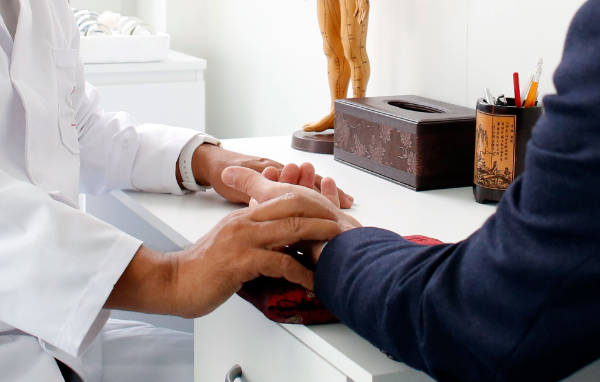
Moreover, Chinese medicine considers that a disease evolves over time. This is why treatments vary rapidly with each course of treatment. From day to day, a patient’s condition evolves. Medicinal plants are then adapted to the patient’s evolving diagnosis. This is why, even if a patient took a formula a few weeks or months ago, and it was beneficial, it will not necessarily be appropriate if certain – apparently similar – symptoms recur. They are strongly advised to consult their Chinese doctor again.
Bitter-tasting remedies?
If pharmacopoeia is the most widely used therapy in Chinese medicine, it’s because it’s effective. The Chinese are pragmatic, and are not there to please themselves, but to heal themselves. Many Westerners are more sensitive to the comfort aspect of a therapy. Yes, it must treat effectively, but as pleasantly – or as unpleasantly – as possible.
If acupuncture scares some people, it’s often much worse with Chinese concoctions! Some don’t even feel brave enough to swallow them, while others throw them in the garbage can. Western noses and palates have undoubtedly become too fussy about their own health…
Over and above individual tastes and dislikes, the taste of a preparation varies greatly from one formula to another, ranging from rather sweet to very bitter. Decoctions are generally drunk twice a day. The preparation of a decoction requires a certain amount of time, which may also put some people off. But many Chinese pharmacies now cook them and deliver them vacuum-packed to their customers.
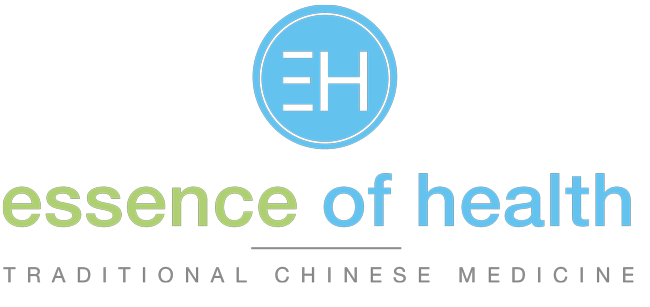
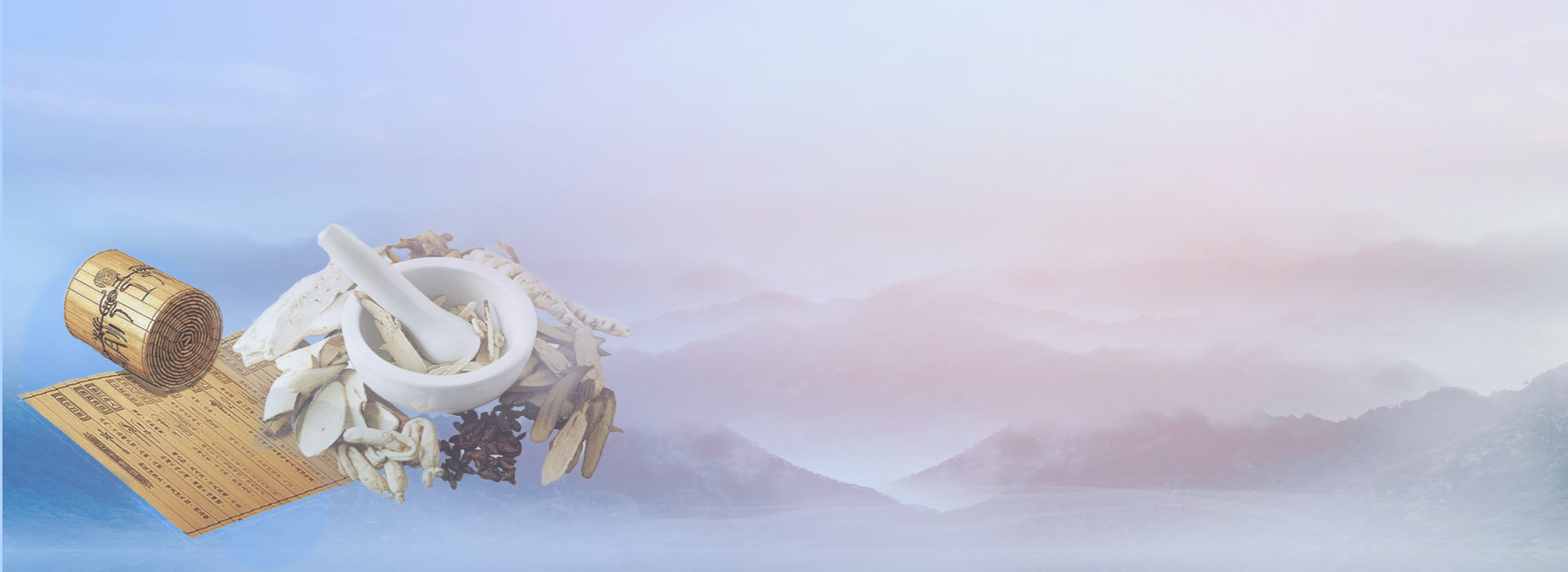
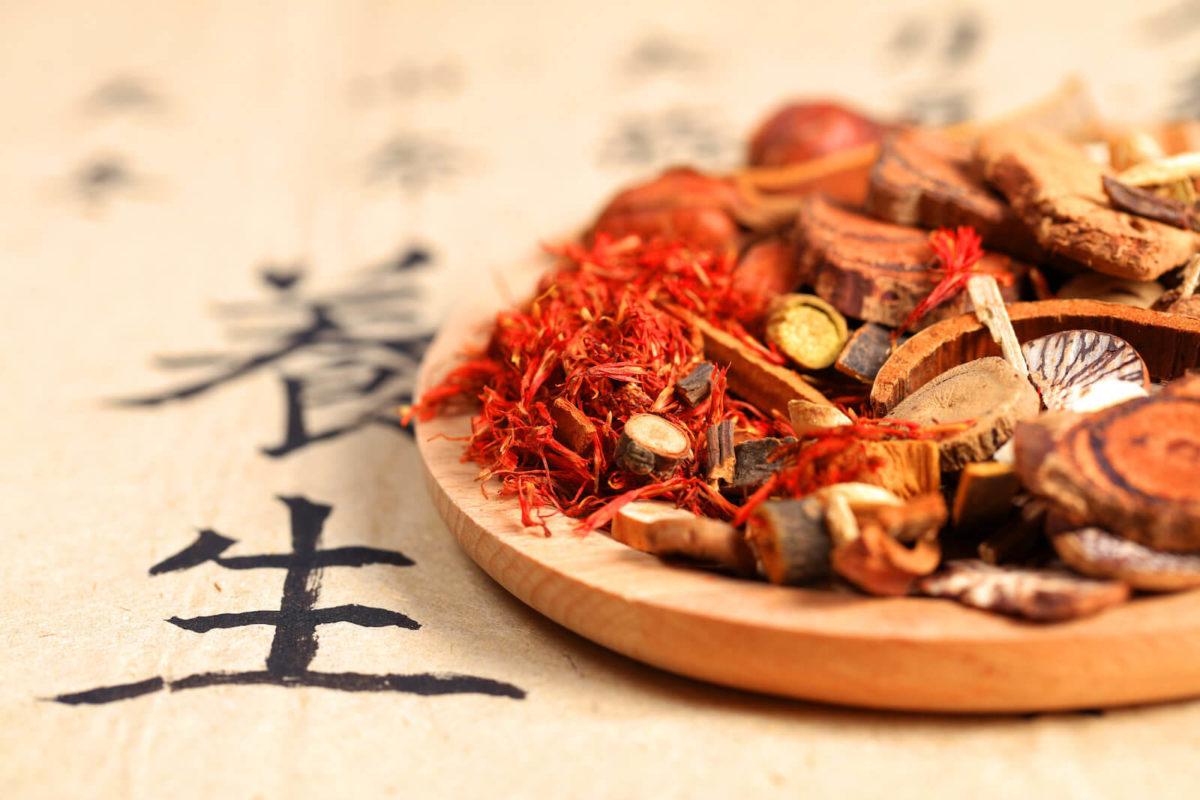
0 Comments